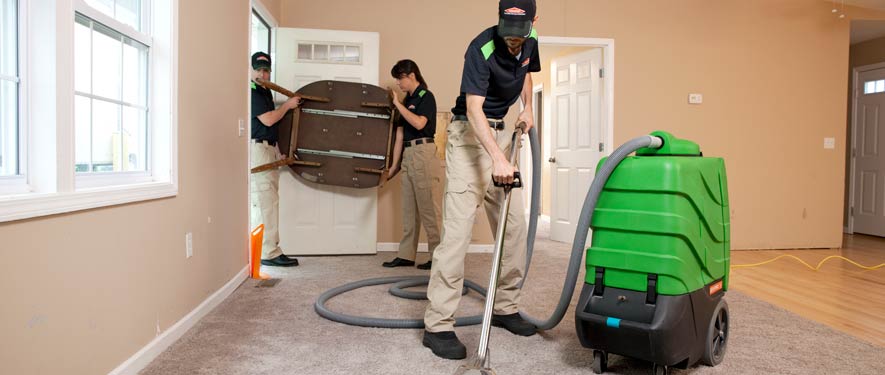
Step 3: Water Removal / Water Extraction
After the property is inspected and assessed the next step is to begin the water removal process.
The water removal process consists of multiple steps. In this period of the restoration work material is packed and moved out, the majority of the water is removed and carpet material is inspected.
It’s important that water at a property is removed promptly. The longer water is present within the facility the greater the damage is. Festering water produces odor that can take root in a property, it also provides a healthy environment for mold colonies as well as further damage to property contents.
See below for more info on water removal as well as the equipment we use.
Move-Out / Pack-Out
If your home requires extensive restoration or cleaning, SERVPRO of Boston Downtown / Back Bay / South Boston / Dorchester can conduct an organized, efficient move-out to protect your belongings from further damage.
- Move-Out Service
Emergency Water Removal
Our highly trained technicians will begin the water removal process almost immediately. Depending on the amount of water, we may use powerful submersible pumps in addition to industrial strength, wet/dry vacuums. Removing most of the water helps reduce drying time and helps prevent secondary water damage and mold and bacterial growth.
- Remove Excess Water
- Use Submersible Pumps and Industrial Wet/Dry Vacuums
Inspect the Carpet Pad and Carpet
We inspect the carpet and pad and determine if they should be removed to protect the subfloor.
- Inspect Carpet Pad and Remove If Needed
- Inspect Carpet and Remove If Needed
Water Removal Equipment
- Moisture detectors, hygrometers, and other meters measure the extent of moisture saturation.
- Infrared cameras may be used to find “hidden” water behind walls and ceilings.
- Submersible and gas-powered pumps are used for continuous pumping of high-level water.
- Truck-mounted and portable extraction units perform efficient water removal.






 24/7 Emergency Service
24/7 Emergency Service


